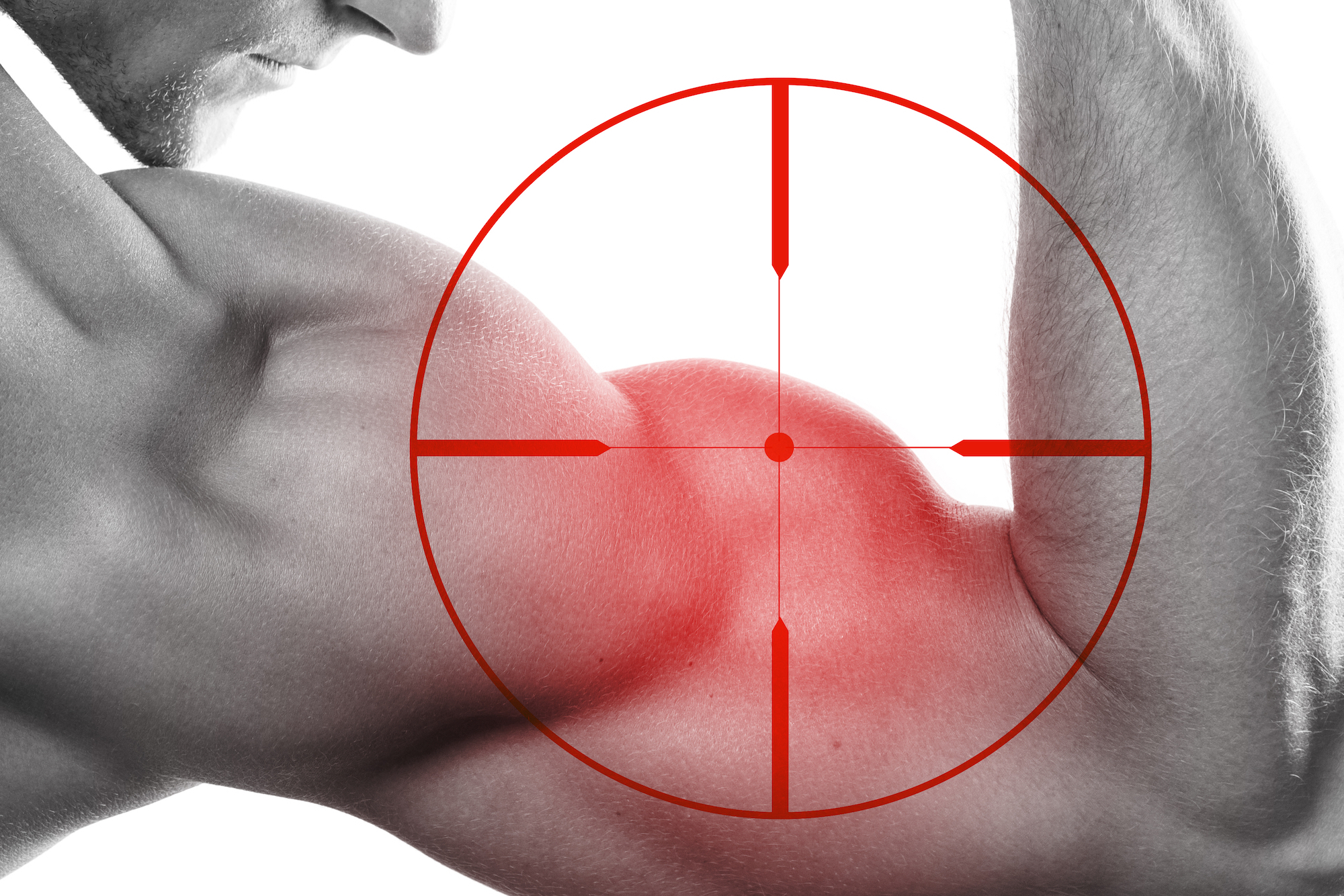How to REALLY achieve Mind-Muscle Connection in your training

Ever heard of the concept of a “bad” Mind Muscle Connection (MMC) before? The inability to feel your own muscles working when in use, especially during training sessions?
Well, you’re sure not alone and the cold fact here is, that’s normal! That’s how the human body is-perfectly asymmetrical! Don’t believe me? Go look in the mirror and notice how one shoulder sits lower than the other! Chances are your right shoulder is lower than the left shoulder, am I right? Don’t you think some muscle would work differently on that right shoulder as opposed to the left? This is why I cannot stress that you “have to earn the right to do bilateral movements” in the gym. This is an issue to anyone when performing resistance training movements, especially bilateral movements such as Bench Pressing, Shoulder Pressing, Deadlifts, Squats, etc. Muscles on one side of the body do not feel the same as the other side of the body. This is why most injuries in the weight room occur during these compound movements and less likely during unilateral movements. The muscle contractions on one side will overpower the muscles on the opposite side and that in turn can be a possible risk factor for injury!
Unilateral movements draw more attention during your lifts that you can FEEL the muscle you’re working on! Even if you still have trouble sensing that working muscle, unilateral resistance training would still be priority than bilateral. As we are designed asymmetrically, we must train asymmetrically working towards symmetry.
We may not ever be able to achieve perfect symmetry as that is NORMAL. Your vital organs are unevenly distributed within our bodies, with more weight on the right side of the body. Your diaphragm muscle has a much different shape on its right side than it does on its left side. One hemisphere of your brain is bigger than the other! Same goes for muscles!

Inability to have MMCs with certain muscle groups are not only due to our bodily asymmetries but can also be due to past injuries as well! A history of shoulder pain or hip pain may alter the function of certain muscles by “tightening” some of them for protection while others will “quiet down”. When those “quiet muscles” stay quiet for a period of time, your brain in turn will have “blurred maps” of those muscles and disrupt the ability to sense those muscles.
When athletes complain to me about MMC issues with certain muscles, they usually notice that during specific lifts in the gym. An example may be a lack of MMC with lat on one side of the body than the other during lat pulldowns. Or not feeling one glute more than the other during squats. These athletes then tend to perform unilateral lifts to draw some attention to “quiet” muscles yet still have a hard time connecting with them, no matter how heavy the weight or how many reps they do, its just not the same!
It has absolutely nothing to do with how much work you put in during unilateral lifts. The best and probably the only way to get that MMC is:
learning how to fully contract a muscle as well as how to fully stretch it!
This implies that ya gotta know a little muscle anatomy to understand how to effectively contract and/or stretch a muscle. You must anatomically bring both ends of a muscle (attachments) as close together as possible with as much force as you can for a full contraction and long enough (>6 sec) to maximize interoceptive input to the brain. You then must be able to take those attachments as far from each other as possible to achieve a full stretch!
MMC drills require skill! Most muscles, especially 2-jointed muscles, do more than just one movement alone. There are many movement components that need to work simultaneously to get a muscle into position and create tension/force! Let’s take the bicep muscle of your arm. The bicep muscle has two heads, the long head, and the short head. The long head attaches to the top of the shoulder socket (glenoid); the short head attaches to the coracoid process of your shoulder blade. The bicep supinates the forearm, bends the elbow, raises the shoulder and to target the short head, the shoulder must go into adduction while for the long head, the shoulder needs to be in a position of abduction. Place bicep in those positions and squeeze the hell out of it for more than 6 seconds to create enough neural drive and form new neural maps in your brain. Once you’re able to feel the muscle and build better awareness, it’s fair to say that you now need to keep improving that connection with adding some load to it such as isometric contractions or using resistance bands.
In my 15 years on the field, nothing has worked better than just simply learning the anatomical attachments of every muscle and their functions on joints to get them to fully contract and to fully stretch and achieve better awareness of those muscles during training sessions at the gym.
On my new project, “Armoring the Shoulder Complex”, there will be a large section of the course showing MMCs for every muscle involved in the shoulder joints. This way you’ll gain a better understanding of MMCs, how to execute them to help with any of your shoulder training sessions. Stay tuned!
CONTACT FORM
If you have a question or need assistance, please send us a message using the form below. Please be as descriptive as possible when submitting your message.